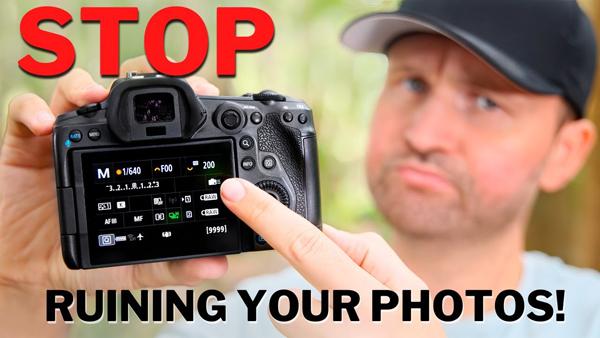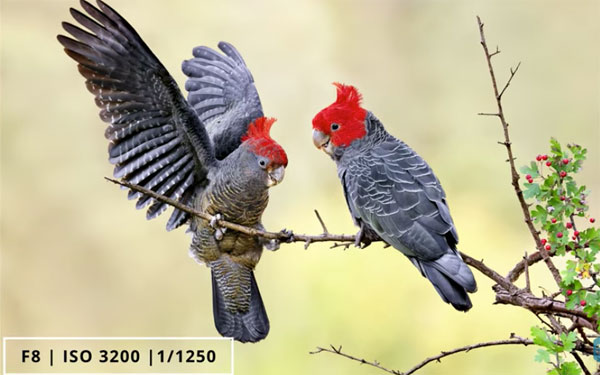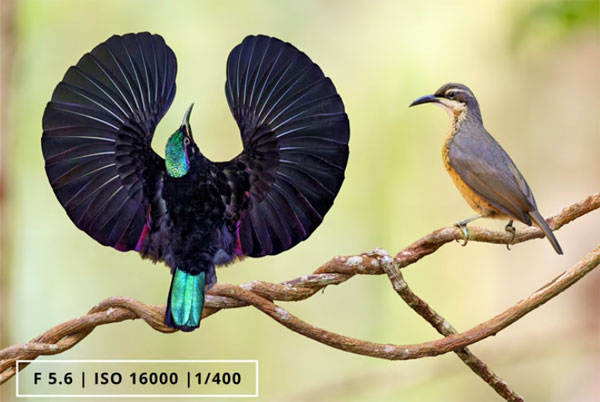Why Low ISOs May Cost You the Photo of a Lifetime (VIDEO)

One of the first things many of us learned when first getting started is to always use the lowest ISO setting possible. While this rule may be true in certain situations, other times it can be detrimental to the images you make.
Too often photographers adhere to conventional wisdom, and the video below points out a good example. The preference for low ISOs is rooted in the notion that using higher sensitivity settings will introduce noise in a photo, and may degrade image quality due to lens diffraction (a topic we covered back in October).
While none of this is what you’d call “wrong,” one experienced pro provides the flip side of the coin in the eye-opening tutorial below—explaining why, in certain situations, shooting with a low ISO can actually “ruin” your photos.

Jan Wegener is a German nature photographer specializing in birds and other forms of wildlife. He’s also a good instructor, and in this episode he puts things bluntly: “Too often we adopt a low-ISO mindset that can actually cost us the photo of a lifetime.”
In addition to explaining the why and how of shooting with higher ISOs, Wegener presents his workflow for editing these types of images. He discusses “crucial camera settings,” his view about ISO and image quality, and even what he calls, “my biggest mistake.”
When it comes to deciding whether you should adhere to the low ISO rule or choose a higher setting depending upon the situation, Wegener asks a pertinent question: “Why not do both?” He also reveals his “crucial” camera settings for various conditions.

Along the way you’ll pick a bunch of great advice for making the best images possible when shooting with high ISOs. His “top tip” is revealed as the lesson concludes, and we’re not going to be a buzzkill, to be sure to watch until the very end.
There’s much more to learn about nature photography on Wegener’s instructional YouTube channel, so take a look and subscribe.
If you wish to learn how lens diffraction affects photos (and what to do about it), don’t miss the tutorial we mentioned above.














































